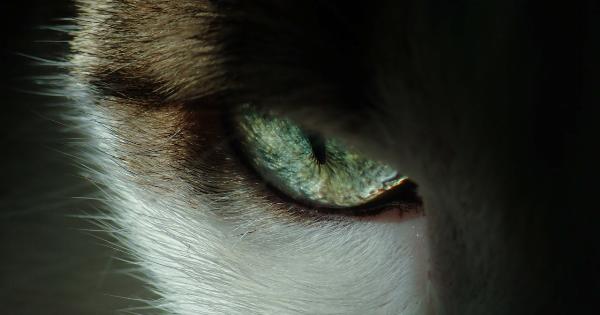Have you ever wondered what your hair color could reveal about your overall health? It may come as a surprise, but the shade of your locks can actually provide insights into various aspects of your well-being.
From genetic factors to underlying health conditions, hair color can be an indicator of different health markers. In this article, we will explore the different hair colors and what they might say about your overall health.
Blonde Hair
Blonde hair is often associated with youth and vibrancy. While the color itself doesn’t provide much information about your health, it is more common in individuals with fair skin.
If you have naturally blonde hair, it might suggest that you have lower levels of melanin, which is responsible for both the color of your hair and the protection of your skin from harmful UV rays.
However, it is important to note that not all blondes are fair-skinned, and the shade of your hair alone cannot determine your skin’s ability to protect against sun damage.
Therefore, regardless of your hair color, it is essential to take appropriate sun protection measures to prevent skin damage.
Brunette Hair
Brunette hair is the most common hair color around the world. This dark shade is generally a result of higher levels of eumelanin, the pigment responsible for brown and black hair colors.
People with brunette hair often have a higher concentration of eumelanin, which offers better protection against harmful UV radiation.
Additionally, individuals with darker hair tend to have higher levels of certain hormones, such as melanocyte-stimulating hormone (MSH).
Research suggests that MSH plays a role in appetite regulation and weight management, which may explain why some studies have linked brunette hair with a lower risk of obesity.
Red Hair
The rarest of all hair colors, red hair is caused by a gene mutation called MC1R. It affects the production and distribution of the pigment eumelanin, resulting in a distinctive fiery hue.
Studies indicate that people with red hair often have different pain thresholds and may require higher doses of anesthesia during surgery.
Furthermore, individuals with red hair may have a higher sensitivity to temperature changes. Some research suggests that they may be more prone to experiencing dental pain and increased sensitivity to cold weather.
While these connections are not yet fully understood, they highlight the potential influence of hair color on various physiological factors.
Gray or White Hair
Gray or white hair is a natural part of the aging process. As we age, the pigment cells responsible for hair color gradually die, resulting in the loss of melanin.
While some people start going gray in their 20s, most individuals notice their first gray hairs in their 30s or 40s.
Although gray or white hair is generally a result of aging, it can also be due to medical conditions such as alopecia areata, vitiligo, or even certain vitamin deficiencies. Additionally, stress and genetics can also contribute to premature graying.
If you notice a sudden or significant change in the color of your hair, it is advisable to consult a healthcare professional.
Hair Color Changes
In some cases, changes in hair color can be an early warning sign of underlying health conditions. For example, sudden hair loss or thinning can be associated with conditions like thyroid dysfunction, nutrient deficiencies, or autoimmune disorders.
A healthcare professional can help identify the root cause and provide appropriate treatment.
Similarly, changes in hair color that occur alongside other symptoms, such as fatigue, weight loss/gain, or skin abnormalities, may indicate an underlying health issue.
While hair color alone cannot diagnose a condition, it can serve as a useful clue when coupled with other clinical signs.
Genetic Factors
It is important to note that hair color is primarily determined by genetic factors. The genes we inherit from our parents influence the production and distribution of pigments in our hair.
Therefore, if you have naturally blonde hair but notice that most of your family members have brunette hair, it might be worth considering genetic testing to understand potential health risks associated with certain hair colors.
However, it is essential to remember that genetics is not the sole contributor to hair color. Environmental factors, age, and overall health also play a role.
Hair color can change naturally over time, and factors such as stress, hormonal changes, and nutritional deficiencies can all influence the color and condition of your locks.
Conclusion
While your hair color can provide some insights into your overall health, it is important not to make assumptions solely based on it. Hair color is a complex trait influenced by various genetic, environmental, and health factors.
If you have concerns about your hair color or notice significant changes, it is best to consult a healthcare professional who can evaluate your overall health and provide appropriate guidance.
Remember that maintaining optimal health involves a holistic approach, including a balanced diet, regular exercise, and regular check-ups with your healthcare provider.































